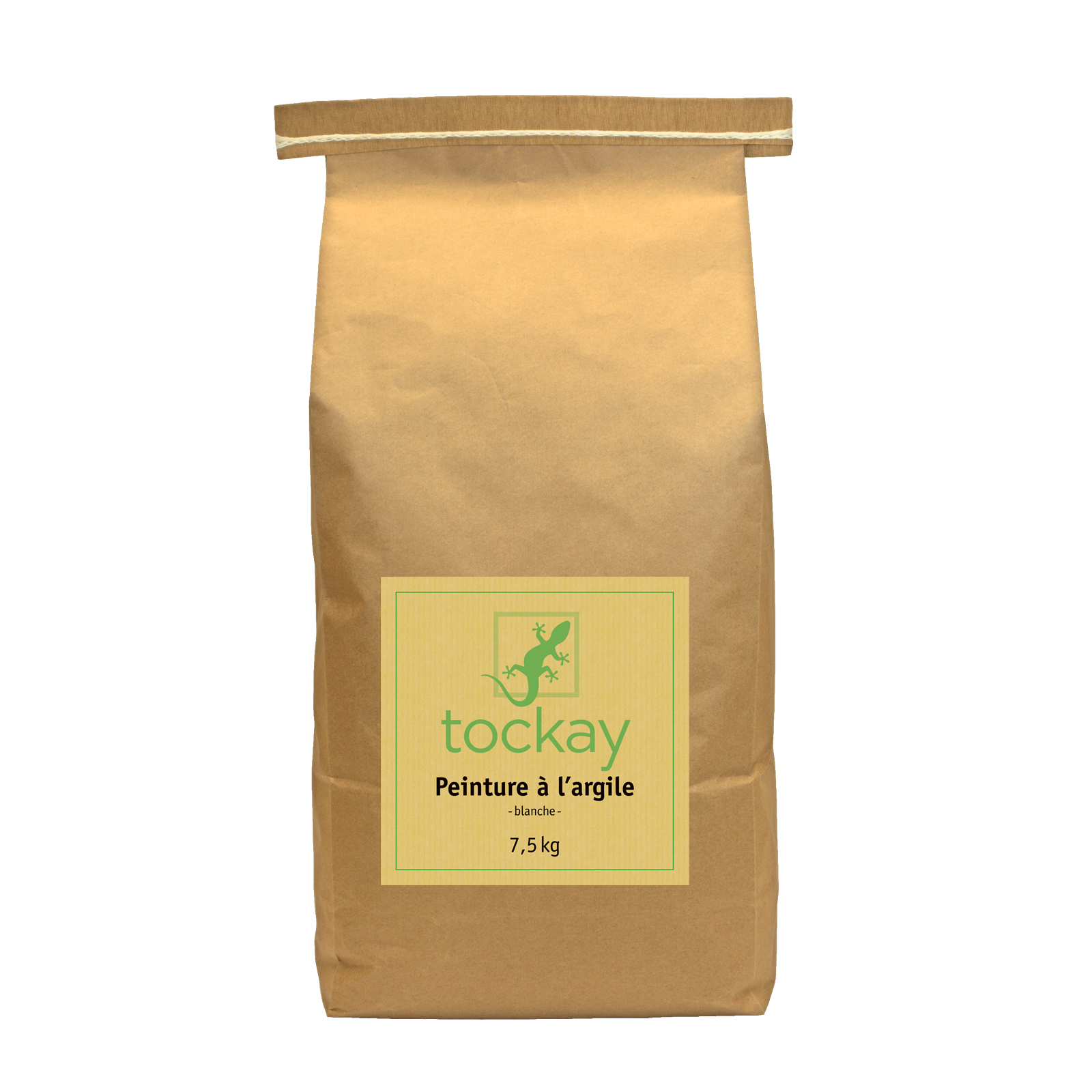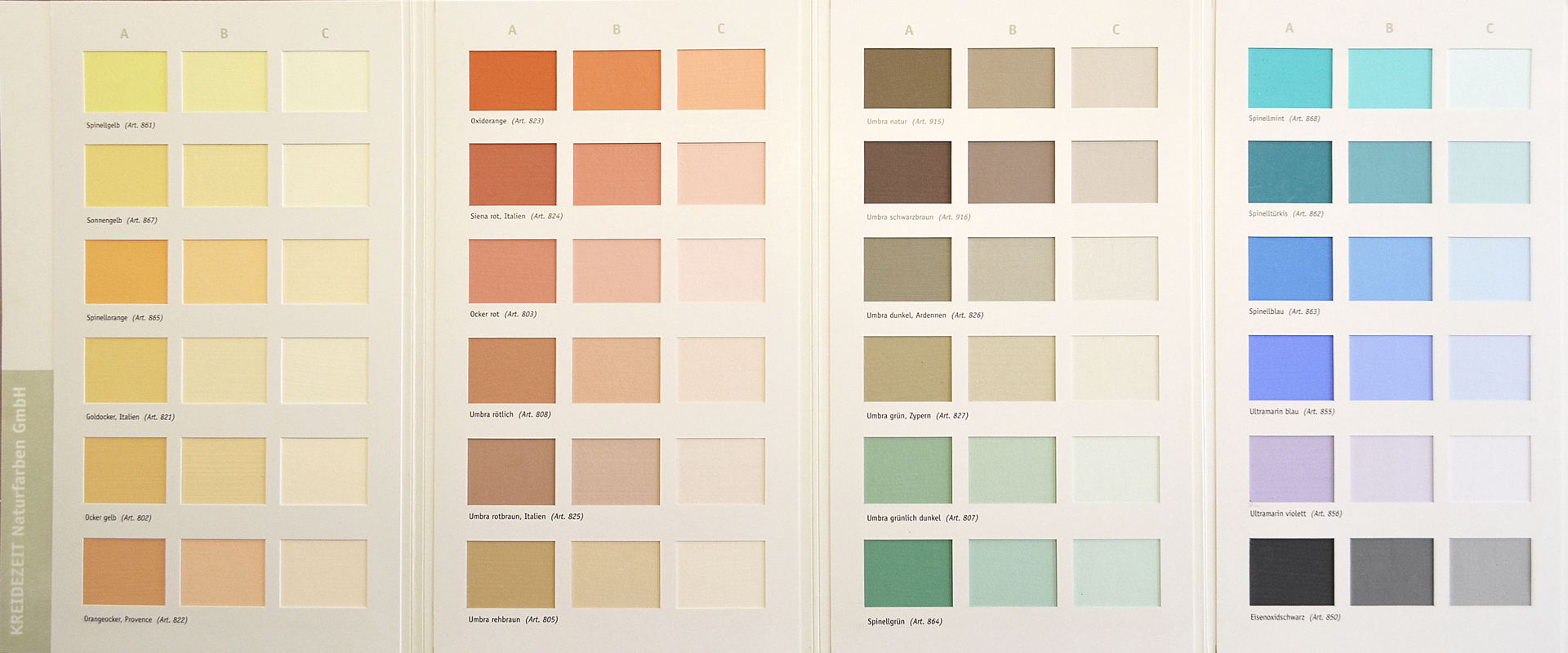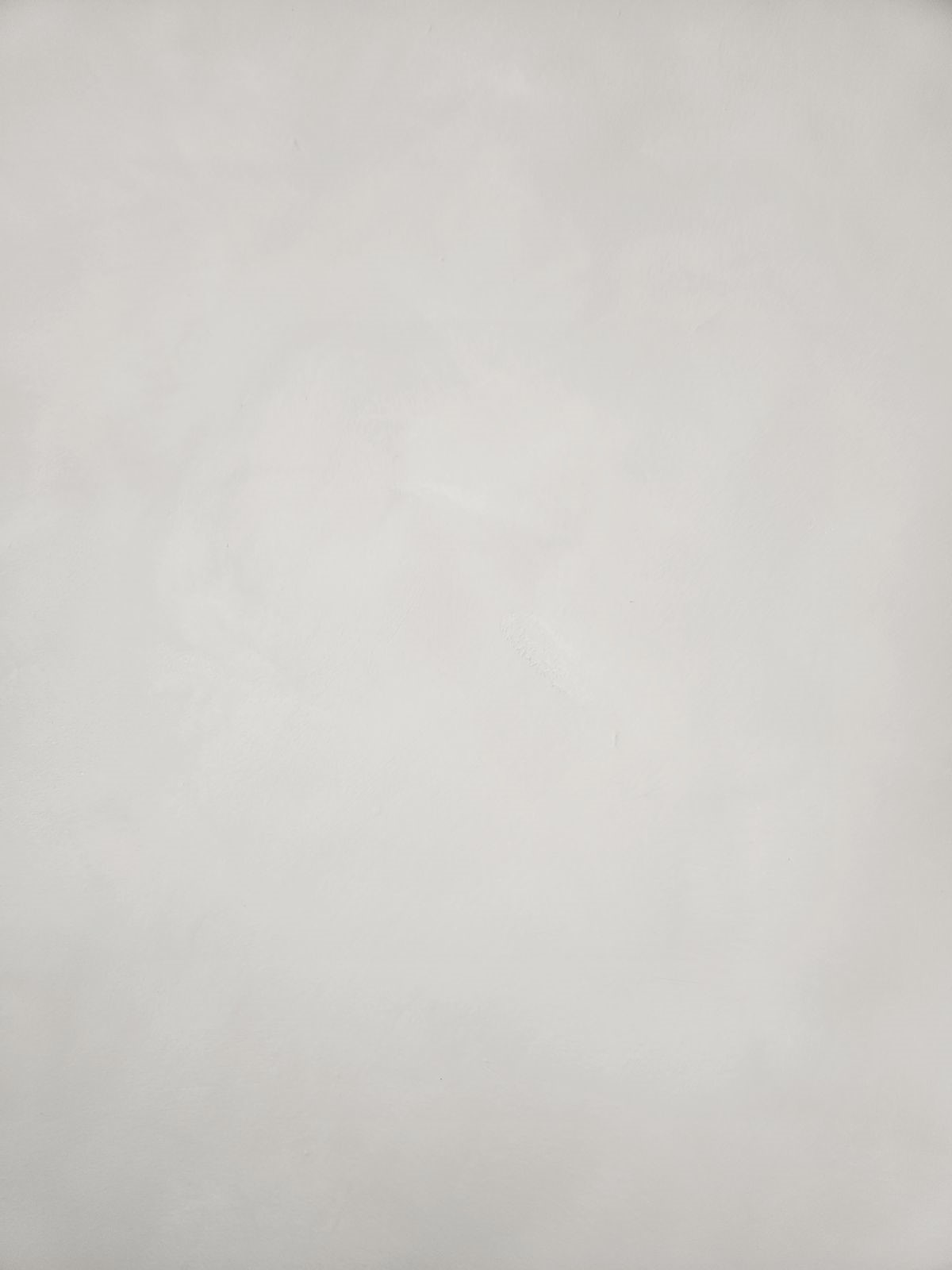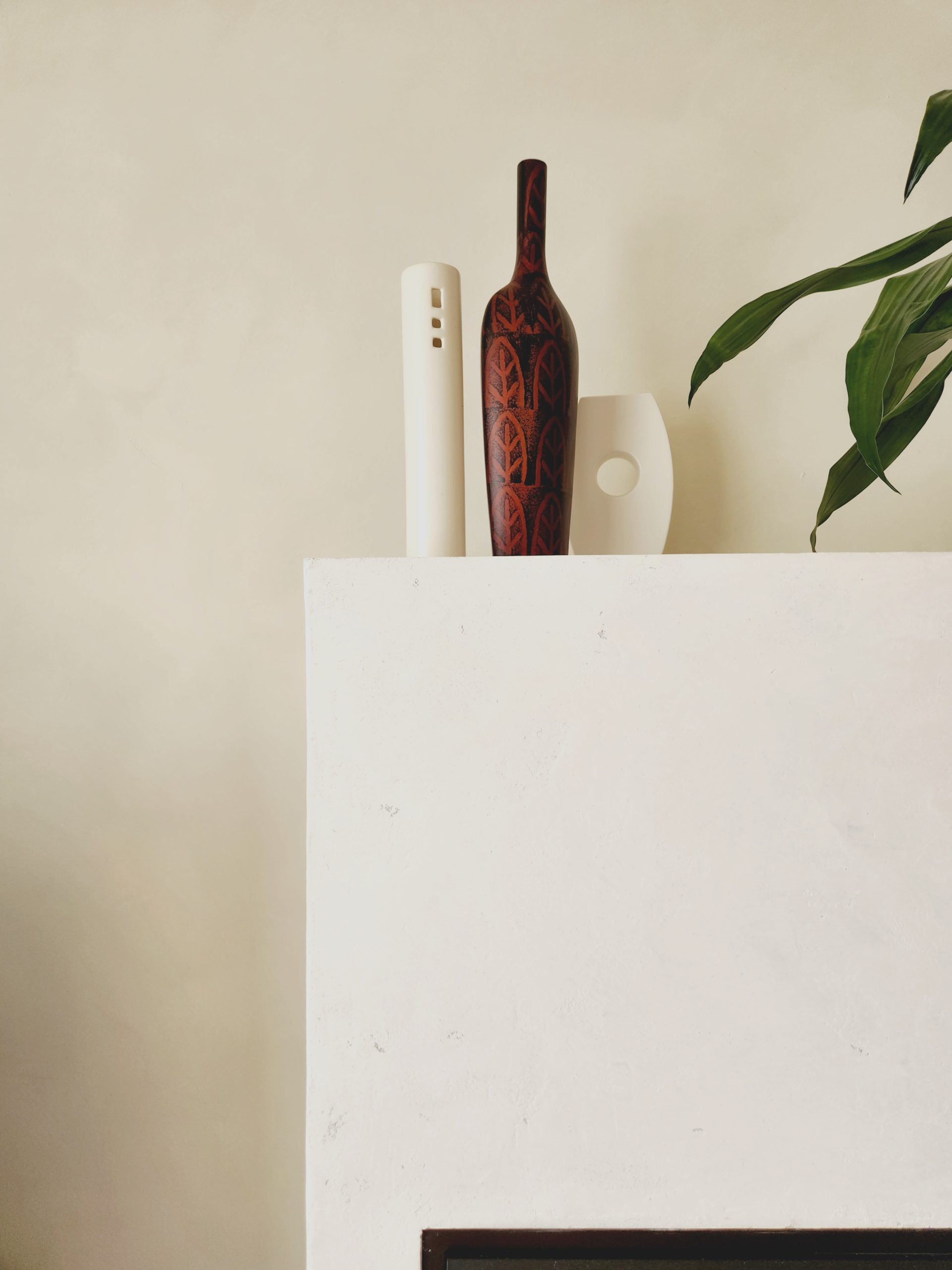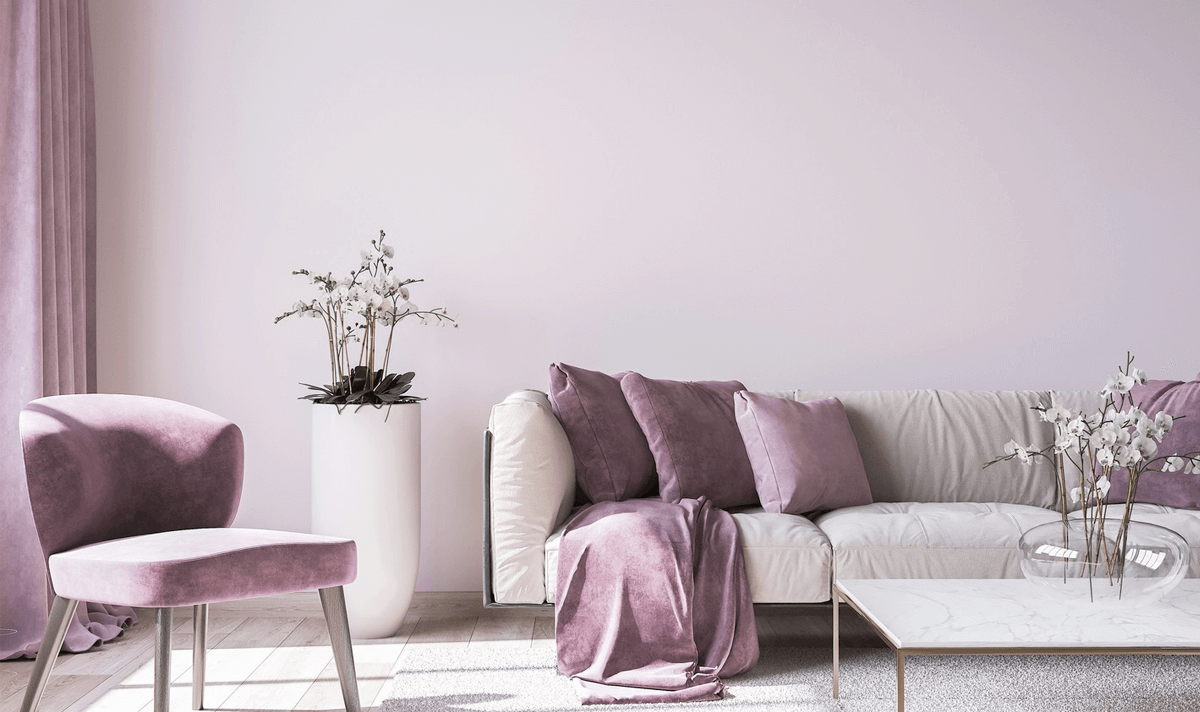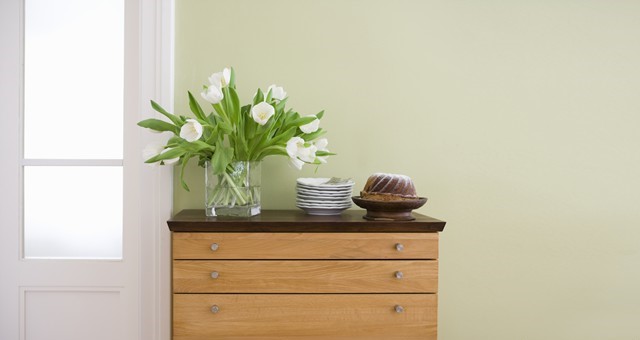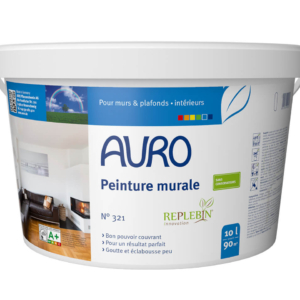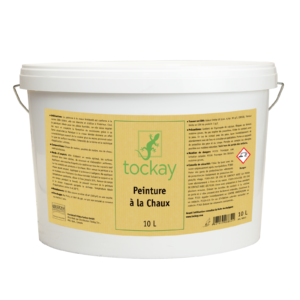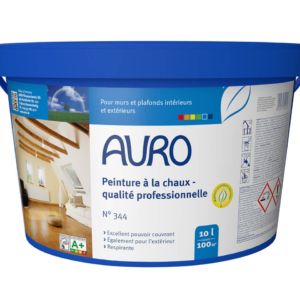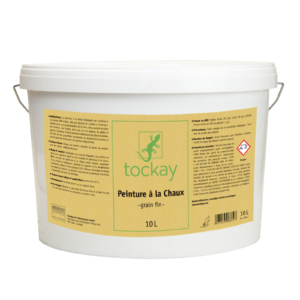Tockay Clay Paint (7.5 kg)
$148.50
Made from clay and marble powder, Tockay clay paint offers a velvety matte appearance with a warm aesthetic.
***HOW TO CHOOSE YOUR PAINT: Comparative Table of Tockay Natural Paints
| Format | Consumption | CAD $ |
|---|---|---|
| 7.5 kg | Approx. 700 ft² (1 coat) | 148.50 |
Out of stock
Description
Clay paint is an easy-to-apply interior wall paint for the amateur. Made of clay and marble powder, it offers a velvety matte appearance with a particularly warm aesthetic. It is easily applied with a brush or a roller. It is sold as a powder to be diluted with water.
Natural white in color, it can also be tinted with the full range of Tockay dry pigments.
TIPSHEET: Comparative Table of Tockay Natural Paints
.
Application
When using the product, the complete product information must be observed.
TIPSHEET: Surface Preparation for Paints
TIPSHEET: Applying paint with a roller
TIPSHEET: Applying paint with a brush
USE
Suitable for all solid, absorbent interior plasters (clay, lime, gypsum and cement), wallpaper, plasterboard and concrete. Also suitable for use on matte, absorbent synthetic resin emulsion paints (always test on a small area first). For wet rooms, we recommend Tockay lime paints.
TOOLS
Facade brushes or ceiling brushes with natural bristles as well as good quality rollers (medium length bristles). Can also be applied with an Airless spray gun (minimum air pressure: 200 bar)
SURFACE PREPARATION
Apply a coat of casein primer on absorbent surfaces such as plaster, concrete or gypsum board. Let dry completely.
PAINT MIXING
Pour the powder into the indicated amount of clean, cold water, stir with a powerful drill equipped with a mixer until smooth. Let stand at least 30 minutes, stir again before using.
QUANTITY OF WATER
1 litre -1.10 litres of water per kg of powder.
DILUTION
The product should be diluted with sufficient water to obtain the most suitable consistency for the surface; increase the amount of water if necessary.
APPLICATION
Apply the paint at a minimum temperature of 8°C. Stir the paint mixture occasionally during application.
Two coats are usually required to achieve full opacity. Do not cover dark, high contrast surfaces with only one coat of paint; thicker coats can damage the surface! Allow previous coats to dry completely before applying a new one. Wet paint remains translucent during application but becomes completely opaque when dry.
Paint should be applied on the same day as the mix is prepared. Never use rotten or smelly paint, as this can leave a lingering odor on the surface, even after it has dried.
With a brush: Apply the paint evenly with a brush, criss-crossing the movements.
With a roller: Apply the paint with a brush evenly and generously, using criss-cross strokes. Then roll in one direction only, without applying additional paint.
TINT
Clay paint can be tinted with up to 10% Tockay pigments (max. 100g of pigment per 1 kg of paint powder):
– Form a paste by mixing the pigments with a little water, then mix with the paint already prepared.
To tint, see our Tockay color chart.
RENOVATION
The clay paint can be covered with clay paint, but also with lime paint or distemper.
A prior coat of casein primer facilitates the application of the paint.
DRYING
Recoatable after approximately 8 hours. Dries after approximately 24 hours at a temperature of 20°C and a humidity level of 65%. Fully dry and durable after 28 days. Drying time increases with high humidity and/or low temperature. Sufficient temperate ventilation is essential during drying.
CLEANING OF TOOLS
Clean with water immediately after use.
Technical Data
It should be noted that the yield may vary depending on the substrate, the application method and the quality of the surface. Determine exact consumption by testing.
Before using this product, consult its Technical Data Sheet.
Colour Chart
Choose one of the 72 shades in our colour chart and rediscover the forgotten gestures of the craftsman by mixing your own colour using Tockay natural dry pigments!
All natural, non-toxic and free of petroleum-based chemicals, our pigments are packaged in powder form and are easily mixed with water and then incorporated into the paint or plaster according to a precise recipe. For GekkkoSOL silicate-based paints, use GekkkoSOL thinner to dilute the pigments.
– Always be sure to remove lumps
All colour charts available online as well as the paper brochures are orientation guides only. Differences may appear in the representation of colours due to computer screen settings or printing.
To get the best impression of our colours, we recommend the purchase of handmade colour charts made from casein paint and natural dry pigments.
Please consult:
10 colour chart whites and recipes
How to tint your paint or coating with dry pigments

